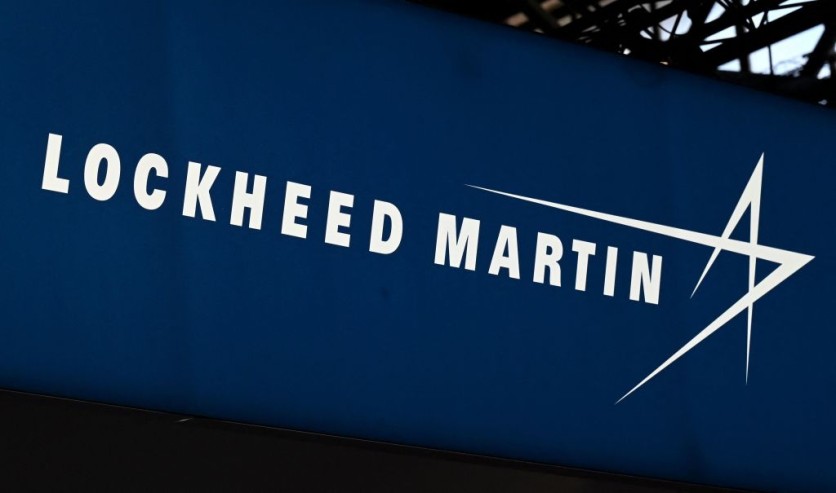Lockheed Martin has been known to be blowing up its in-development inflatable space habitat in various ways. However, these space explosions are not always a good thing.

A recent test by Lockheed Martin, as reported by space.com, had to go beyond its limits to ensure the new technology will be safe for human space habitation.
Earlier this month, engineers at the Waterton Canyon facility in Colorado took a test habitat developed using Lockheed Martin's inflatable technology. The engineers placed the module through an ultimate burst pressure test, in which it is overpressurized to the point of exploding.
What Happened?
The test showed the pressure building until the habitat bursted at 285 per square-inch or more than six times the max operating pressure. With this, it supports validation of the design and manufacturing processes that went into making the habitat, according to a statement released by Lockheed Martin.
The test also allowed the engineers to find the bursting point. And since the test unit was equipped with sensors and high-speed cameras, Lockheed Martin now has a lot of valuable data points that will show them exactly how and where the expandable habitat failed.
The demo is the company's first step in proving that their inflatable habitat design, which they are confident in will be one of the enables that will make human life in space a lot easier. They also believe that it will allow humans to further space exploration.
The inflatables also promise the capability to build space destinations with less weight, more volume, and fewer launches necessary t6han traditional metallic, hard-sided structures. In addition, this will make way for a more affordable and realistic path for bigger living spaces for humans in low Earth orbit.
Now, these inflatable modules are also being tested on the International Space Station (ISS). It is already being used as a technology demonstrator. For example, it is proving that inflatables can be used as a backup to the ISS's current solar arrays.
The two experiments are the Bigelow Expandable Activity Module (BEAM) and the NASA/NanoRacks Airlock Module (NAM). The BEAM was launched in April 2016 and is currently attached to the ISS. The NAM is now undergoing integration at NASA's Kennedy Space Center in Cape Canaveral, Florida.
The NAM will take a more rigorous approach on how inflatable habitats can be used in space. It will be sent to the ISS in 2018. It will be able to accommodate up to three humans inside and will have the capability to be expanded from 10 ft or 3 m in length to 39 ft or 12 m in length. It will also make use of the same docking technology that is used for the commercial crew vehicles.
Related Article: Lockheed Martin Tests Layered Laser Weapon That Protects Soldiers From Large Enemy Attacks

ⓒ 2025 TECHTIMES.com All rights reserved. Do not reproduce without permission.




